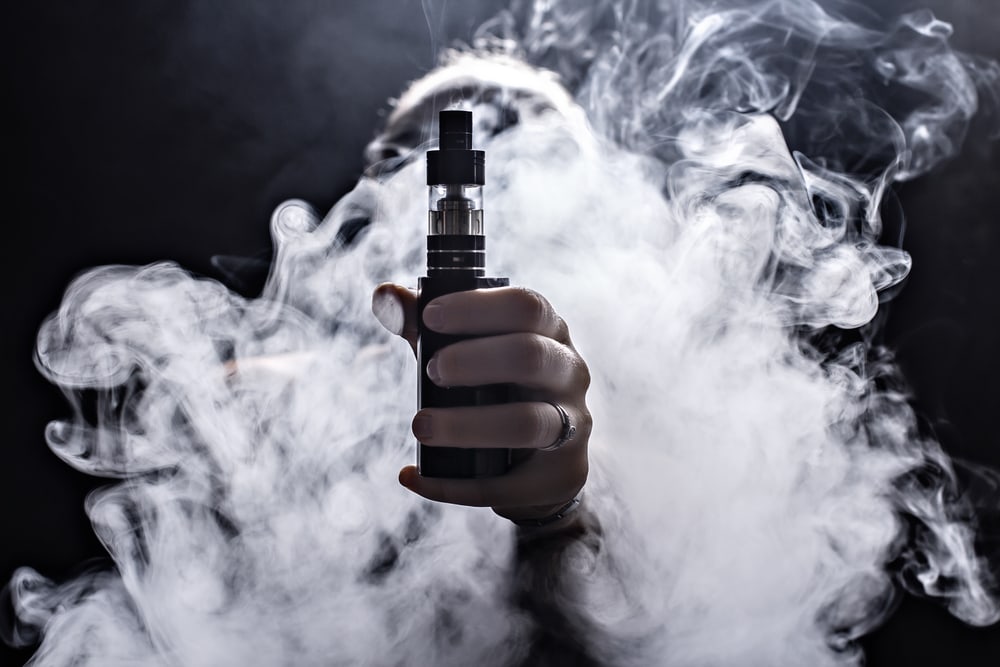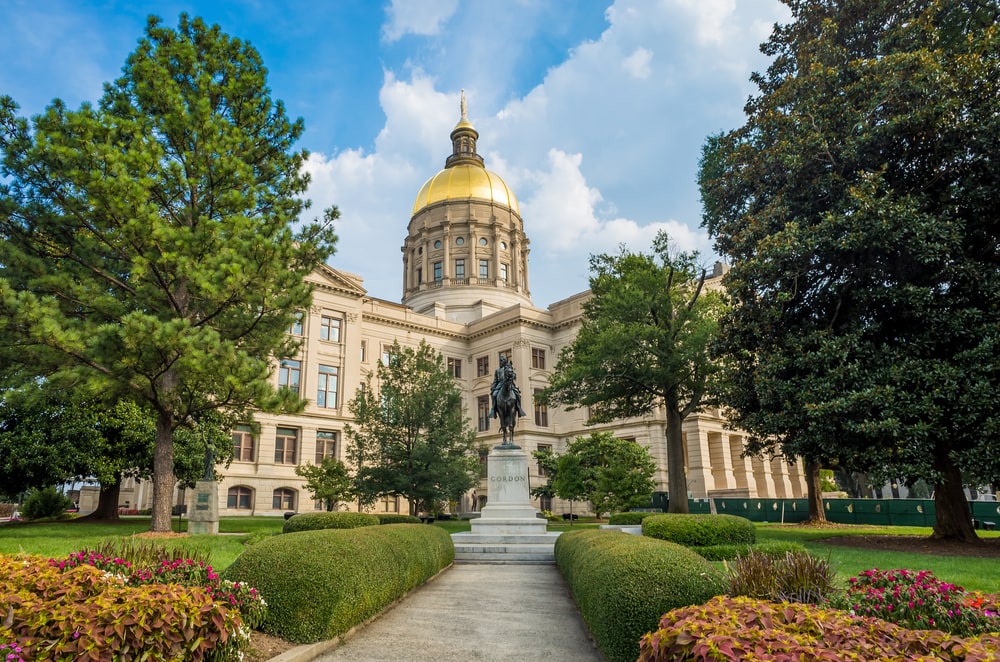Leadership super PACs and the further centralization of power
For candidates, taking control over their campaigns meant having to raise money and hire staff. Candidate “branding” became important as the parties relinquished control over congressional elections and media began to play an increasingly influential role in politics. Today, candidates preside over sprawling and complex campaign operations. The average cost of winning a House seat is almost $1.5 million, while a Senate seat runs just over $12 million. The ability and willingness to raise enormous amounts of money is practically a prerequisite for serving in Congress today.
As the role of parties in elections shifted over the course of the 20th century, party committees became service-oriented organizations; rather than handpick candidates and direct their campaigns, they worked to elect the candidates chosen by voters. National party organizations still play an important role in congressional elections, but most of their financial and on-the-ground support is reserved for competitive general election races (though they occasionally do insert themselves into primary races). Fundraising is their chief enterprise.
The alliance between party committees and candidates isn’t always comfortable (Roy Moore’s candidacy for the Senate caused major rifts in the Republican party, for example), but for the most part, committees work to get as many of their members elected as possible. Maintaining or gaining majority control of the chamber is the overriding goal.
Candidates take their seats in Congress not “owing” the party anything because by getting elected, they helped the party achieve its team-oriented goal. There’s no personal attachment or bond formed between candidate and party organization; both play their parts in the election, then move on.
But what if it were party leaders – rather than party organizations – footing the bill for candidate campaigns? Would this dynamic personalize the donor/benefactor relationship in ways that might extend beyond the campaign? The oversized role that congressional leadership super PACs are currently playing in congressional elections may provide us with an opportunity to find out.
The Supreme Court’s Citizens United decision in 2010 opened the campaign finance floodgates to super PACs, committees that can raise unlimited amounts of money and make unlimited independent expenditures in elections. The decision led many to predict the (further) demise of parties which are held to stricter fundraising standards. In short, why would big donors give limited amounts to party organizations when they could give unlimited amounts to super PACs?
Indeed, spending by congressional party organization committees increased only modestly between 2012 and 2016, particularly on the Republican side. The NRCC, for example, raised $162.8 million in 2012 and $170.6 million in 2016 – an increase of less than $8 million over four years. At the same time, spending by congressional leadership super PACs skyrocketed. In 2014, the four super PACs affiliated with the Democratic and Republican leaders of the House and Senate spent a combined total of $114 million; in 2016, these four PACs spent $232 million. Party committees, together with congressional leadership super PACs, outspent all non-party spenders combined by $29 million in 2014 and $132 million in 2016.
So much for the demise of the parties?
Spending by non-party super PACs in House races declined from 2014 to 2016. However, the opposite is true of the two super PACs affiliated with House leadership. Party spending, combined with spending by super PACs run by Paul Ryan and Nancy Pelosi, represented 88-percent of the independent spending in the 34 most competitive House races in 2016. Independent spending in these races exceeded candidate spending by a ratio of 1.31 to 1. Pelosi’s super PAC spent approximately $44 million on these races and Ryan’s super PAC spent approximately $40 million. In 2014, these super PACs spent $25 million and $10 million, respectively.
It’s worth noting that prior to 2004, candidate spending was never surpassed by outside spending. In 2008, five races broke that norm and in 2012, outside spending topped candidate spending in 10 races. In 2016, candidates in 27 races were outspent by outside groups. Most of this spending can be attributed to parties and leaders.
Given this trajectory, what can we expect from leadership super PACs in 2018? Paul Ryan’s Congressional Leadership Fund (CLF) provides us with one example.
Heading into the 2018 midterm election, the CLF launched a highly sophisticated operation, opening field offices in 27 competitive districts. Corry Bliss, CLF’s executive director, said that the committee has “rejected the traditional model of super PACs” and is “doing things differently by operating a national, data-driven field program.” The committee has already raised almost $37 million and spent over $11 million in three special election races. Eight more field offices are scheduled to open this year as part of the committee’s “$100 million campaign.”
Decisions about investing in these races will be made with an eye toward candidate loyalty. “When we allocate resources this year, heavy preference will go toward those who supported the speaker and president’s legislative agenda,” according to Corry Bliss. That message was made clear last year when the CLF pulled its support for Rep. David Young (R-IA) after he opposed his party’s healthcare bill. The committee closed its field office in Young’s district and transferred staff elsewhere. Bliss said the CLF would not support a candidate who cannot support the president and House leadership.
For the parties, elections are a numbers game; win majority control and move on to the next election. But for party leaders, elections are about building a loyal base as much as they’re about winning. Having served as Speaker since 2015, Paul Ryan certainly understands the challenges of managing divisions within his party. By choosing to throw his significant financial and operational support behind candidates who will toe the leadership line, he sends a clear signal to vulnerable incumbents and first-time candidates alike: Support me and I’ll support you.
There is absolutely nothing surprising about this dynamic. Party leaders have long used their candidate campaign and leadership PAC committees to build support networks in the chamber. Leadership super PACs, however, represent a significant new development in the role that party leaders play in elections. Leaders can give candidates $2,700 from their campaign committees and $5,000 from their leadership PACs, per election. But they can spend unlimited amounts on candidate campaigns, via their super PACs. The $6.2 million Ryan’s super PAC spent getting Karen Handel (R-GA) elected last year, and the $3 million the committee has already spent trying to get Rick Saccone elected in Pennsylvania’s 18th district, is a lot more than the $5,000 his leadership PAC can spend on each candidate’s behalf.
By adding super PACs to their arsenals, party leaders are inserting themselves into candidate campaigns in ways that likely matter well beyond the campaign. Much has been written about the centralization of power in the House, mostly focusing on how leadership increasingly determines policy content and tightly controls floor debate and votes. In this environment, there are fewer entrepreneurial opportunities for rank-and-file members and that suits party leaders just fine. Better to elect and preside over a party of foot soldiers than renegades.
In the absence of legal intervention, unlimited independent spending will continue to dominate the campaign finance landscape. With majority control of both chambers at stake, the 2018 midterms are already shaping up to set new outside spending records, with parties and their leaders taking the lead. Given this dynamic, we should expect to see the ranks of party loyalists continue to swell as more experienced and independent minded members head for the doors.







